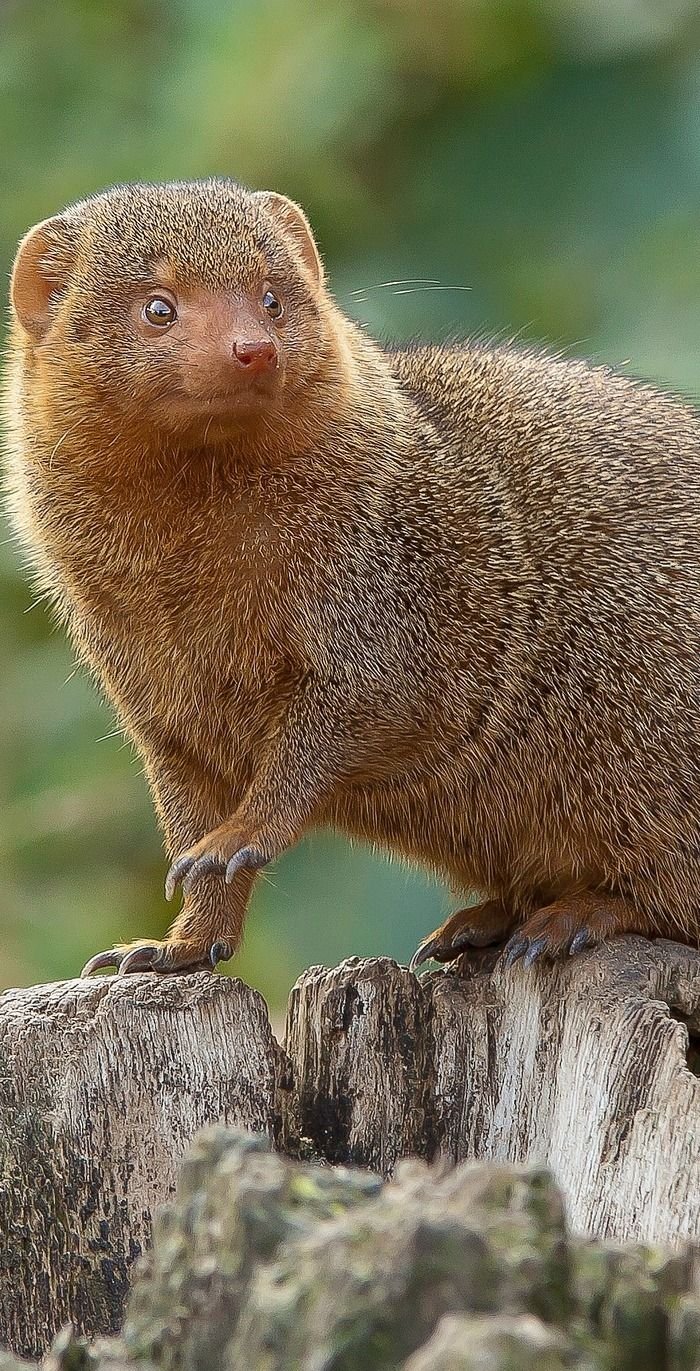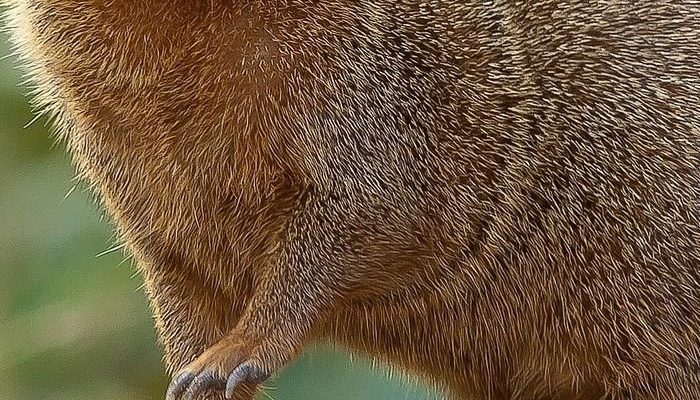
First off, don’t panic. These fascinating animals are more afraid of you than you are of them. You might be wondering what to expect from a mongoose encounter and how to act. Let me explain how to handle the situation smoothly, whether you’re in a tropical forest or a more urban area where they sometimes roam.
Understanding the Mongoose: Nature’s Little Predator
Mongooses are part of the Herpestidae family and come in different species, each with unique traits. Most are small, slender, and agile, with a long tail they often use for balance. They have sharp claws and strong jaws, which help them hunt insects, rodents, and even small reptiles. Imagine them as the tiny ninjas of the animal kingdom—quick, sneaky, and pretty darn skilled.
You’ll typically find mongooses in regions of Africa, Asia, and even parts of Europe. In the U.S., they’re mostly spotted in places like Florida, where they’re non-native but have made themselves at home. They thrive in various habitats, ranging from forests and savannas to urban areas. If you happen upon one, it’s likely just going about its daily business—looking for food or scoping out the area.
Stay Calm: Assessing the Situation
Here’s the thing: if you see a mongoose, your first instinct might be to back away quickly. However, it’s essential to stay calm and assess the situation. Remember, mongooses are generally non-aggressive and prefer to avoid confrontation. They’re not out to get you, and chances are, they’d rather scurry away than engage.
Take a moment to observe the mongoose from a safe distance. Is it alone or with a group? Is it feeding or just lounging around? Understanding its behavior can help you determine the best course of action. If the mongoose seems uninterested in you, just give it space and quietly continue on your way.
What To Do If It Approaches You
You might be wondering what to do if a mongoose starts moving closer. First, keep your cool. They’re naturally curious and might just want to check you out. Here’s how to handle that:
- Stand Still: Avoid sudden movements. This minimizes the chance of startling the animal.
- Make No Direct Eye Contact: Staring directly at it can be perceived as a threat.
- Slowly Back Away: If the mongoose comes too close, back away slowly while keeping it in your peripheral vision.
If it gets too close for comfort, consider making a noise. A gentle clap or a loud “hey” might alert it to your presence without scaring it off. Nature often works like a dance, where both you and the mongoose are trying to navigate the space together.
Respecting Their Space: Keeping a Safe Distance
As with any wild animal, respecting a mongoose’s space is crucial. It’s easy to get excited when you see one, but remember that getting too close can cause stress for the animal and may provoke an unexpected response.
Keeping a safe distance not only ensures your safety but also allows the mongoose to act naturally. *Think about it this way:* if someone invaded your personal space, you might react defensively. The same goes for wildlife. So, if you have your phone at hand, try to take pictures from a distance without getting too close.
Feeding Mongooses: A Big No-No
Now, you might think about feeding a mongoose if it seems friendly or curious. But here’s a crucial point—don’t do it! Feeding wildlife can lead to various issues, such as them becoming too dependent on humans for food. This dependence can make them less capable of finding food on their own and can even lead to aggressive behaviors.
Instead of feeding them, enjoy observing them in their natural habitat. Document the moment if you like, but leave the snacks at home. You never know—what seems like a friendly encounter could lead to a more significant issue if the mongoose starts approaching other people overly confidently in search of food.
What If You’re Bitten?
While it’s rare, a mongoose might bite if it feels threatened. If you happen to be bitten, it’s essential to act quickly. Start by washing the wound thoroughly with soap and water. It’s also crucial to seek medical help immediately, as mongooses can carry rabies, a serious viral infection.
In general, remember that mongooses are usually harmless if left undisturbed. If you ever find yourself in a more dangerous encounter, assess the situation, and prioritize your safety.
A Final Word: Enjoy the Encounter from Afar
Honestly, encountering a mongoose in the wild can be a thrilling experience. They’re fascinating creatures with unique behaviors that can be mesmerizing to watch. If you ever find yourself in a situation where you spot one, take a deep breath, and remember these tips. Observe respectfully, keep your distance, and enjoy the moment.
Next time you hit the trails or explore nature, keep an eye out for wildlife, including mongooses. Just don’t forget to give them the space they need. Reacting calmly and confidently is the best way to ensure a safe and enjoyable encounter with these remarkable little animals.

